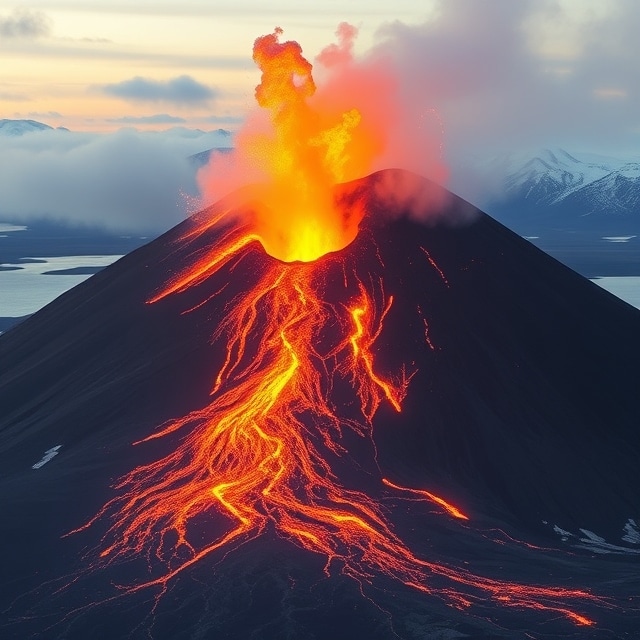A once long-dormant volcano in Iceland is erupting again and impacting activity in a populated region nearby.
The volcano, on the Reykjanes peninsula in southwestern Iceland, began erupting at Sundhnukar on Wednesday night and peaked at about 2 a.m. local time Thursday, according to the Icelandic Meteorological Office. It has prompted evacuations at the Blue Lagoon, an iconic tourist destination, and the nearby town of Grindavik.
West Iceland’s volcano is a rift activity volcano, which involves the earth being pulled apart in two different directions through the Mid-Atlantic Ridge, rather than a cone erupting magma through a central pipe, Thomas Algeo, a professor of earth sciences at the University of Cincinnati, told ABC News. The eruption style is “much less dangerous because most of the activity involves slow-moving basaltic lava flows,” he added.
“It’s a style of volcanic activity that is effusive, slow flowing, not violently eruptive, like would be the case with a subduction zone volcanic system” Algeo said.
The fissure created on Wednesday night was about 1.8 miles long, according to the country’s meteorological office. According to Iceland’s Department of Civil Protection and Emergency Management, this is the volcano’s seventh eruption this year.
Tobias Fischer, director of the Volatiles Laboratory at the University of New Mexico, told ABC News that these types of eruptions are “spectacular” because once a fissure opens up, a large supply of magma oozes out.
Shawn Willsey, a geology professor at the College of Southern Idaho who has been conducting livestream tours using drones above the lava flows on YouTube, said the eruption activity is “typical” for these types of systems. Once the lava erupts, the pressure is relieved, and magma starts to fill into the shallow storage zone below, repressurizing the system and setting the stage for the next eruption, Willsey said.
“It’s known that this region goes through these episodes where there are a lot of these eruptions,” said Fischer, who has flown drones into eruption gas clouds to collect samples and analyze the composition of the carbon for his research.










